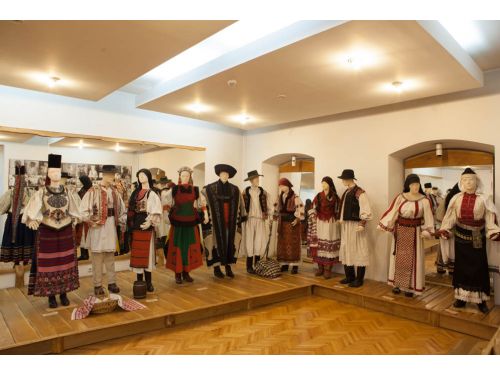
| |||||
| © 2007 - 2025 tourist-informator.info. all rights reserved | |||||

| |||||
| © 2007 - 2025 tourist-informator.info. all rights reserved | |||||

| home » » » » |  back previous page back previous page |


|
Cluj-Napoca 21, Memorandumului Str. Eet 46.769939, 23.586402 show the phone number ̶ http://www.muzeul-etnografic.ro 2.2 km 1.6 km 7.8 km Why is so special The Ethnographic Museum Of Transylvania Cluj-Napoca: |
||
Presentation - The Ethnographic Museum Of Transylvania Cluj-Napoca
|
|||
 what's nearby
what's nearby city info
city info
|

This objective was not voted. Be the first to vote it
Your vote: -
Add your impression, opinion about this location. Sharing travel experiences help others choose the best. Thank you.
Add new impression & photos You must be logged in to add impressions |
 |
|
 loading ... |